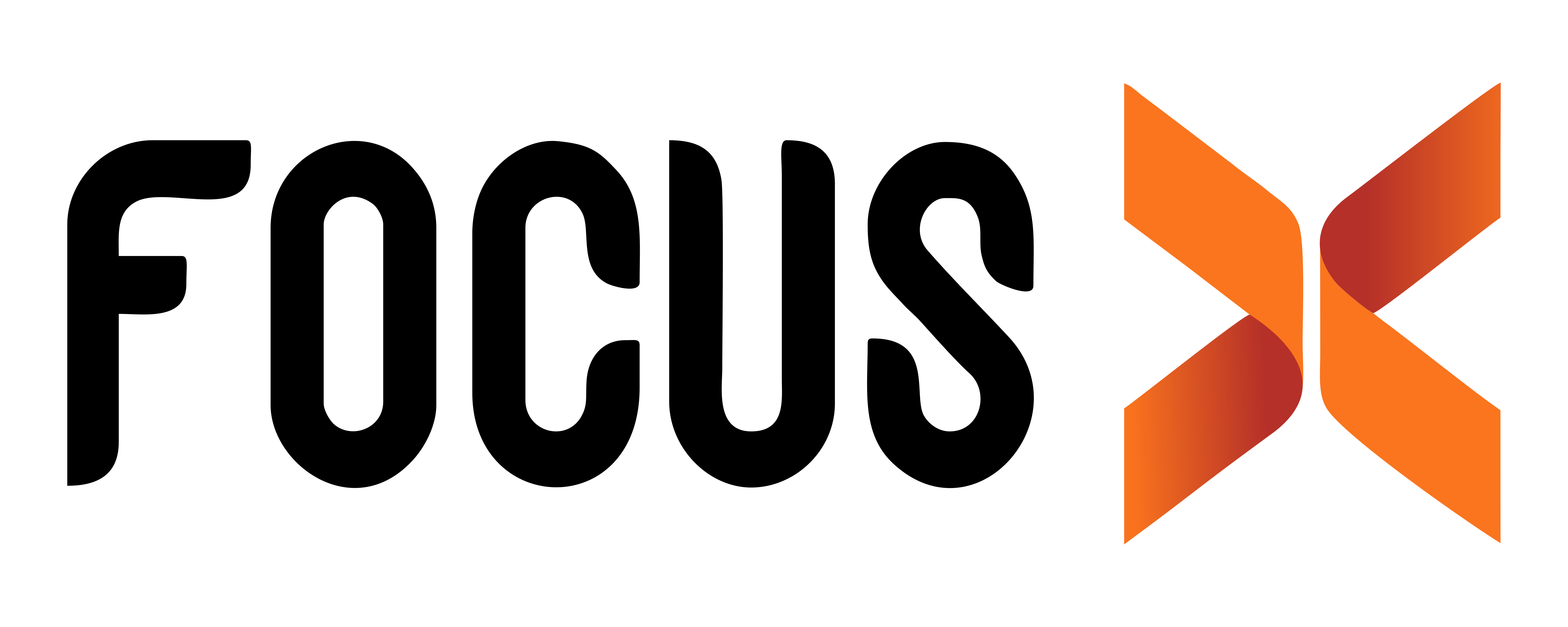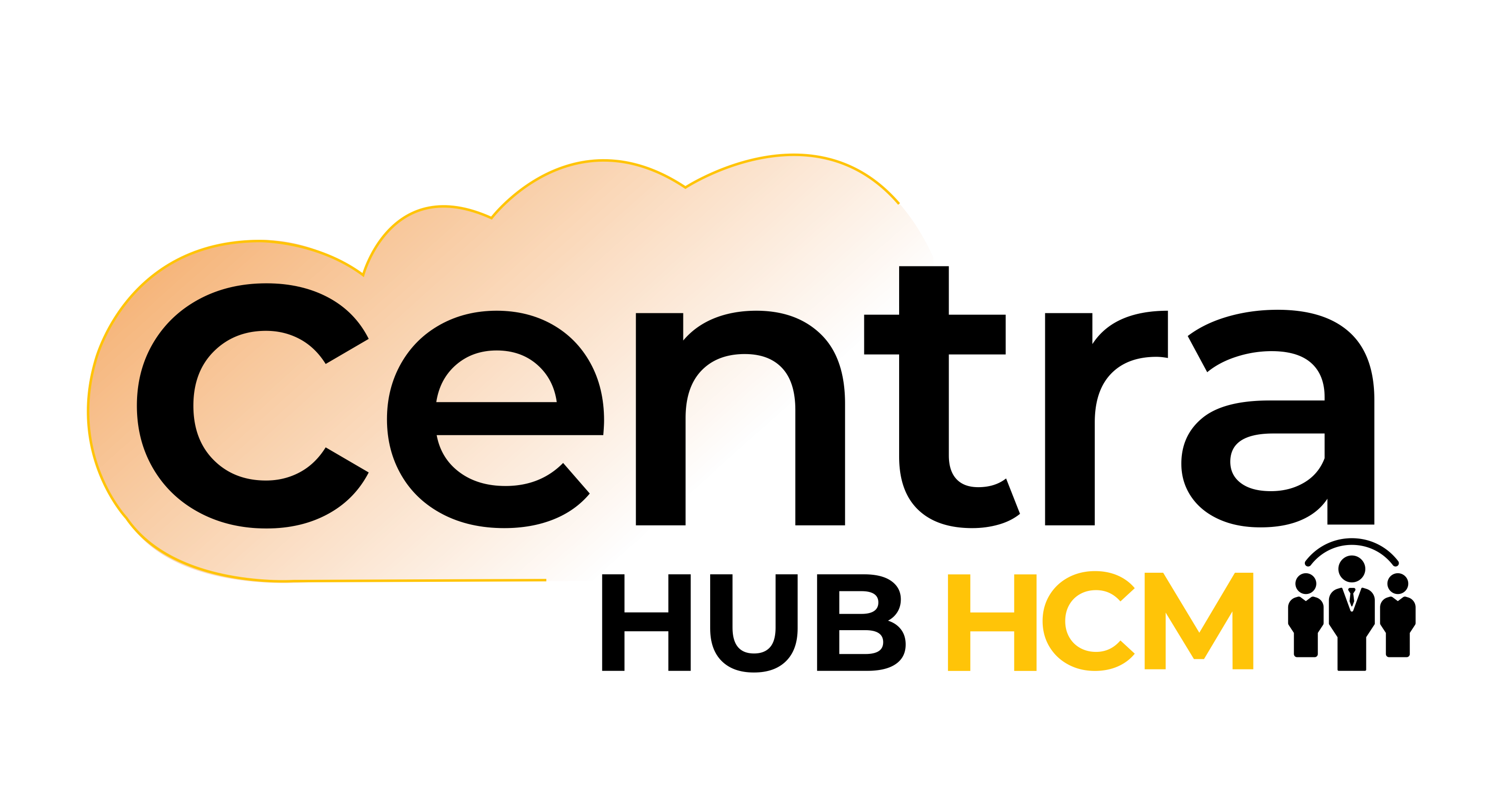Key ERP Features for Financial Management
Streamlined financial management
Effective financial management is at the core of the finance function. ERP systems provide a centralized platform for managing financial data, transactions, and processes. Key features include budgeting and forecasting tools, financial reporting, and analytics, empowering finance professionals to make data-driven decisions and drive the financial health of the organization.
Comprehensive accounting software
Accounting is the backbone of finance. ERP solutions offer robust accounting software that covers all aspects of financial accounting, including accounts payable, accounts receivable, general ledger, and fixed asset management. These tools streamline financial operations, ensure accuracy, and enhance financial reporting.
Tax compliance tools
Tax regulations are complex and ever-evolving. ERP systems integrate tax compliance tools that help organizations comply with local and international tax laws. These tools automate tax calculations, reporting, and filing, reducing the risk of errors and penalties.
Cash flow management
Cash flow is the lifeblood of any organization. ERP systems include cash flow management features that provide insights into the organization's liquidity, accounts receivable, and accounts payable. These tools help finance teams optimize cash flow, manage working capital, and plan for future financial needs.
Financial reporting and analytics
Finance professionals rely on accurate and timely financial reporting. ERP systems offer advanced reporting and analytics capabilities that allow users to create customized financial reports, analyze financial data, and gain valuable insights into the organization's financial performance.
Expense management
Controlling expenses is a critical part of financial management. ERP systems feature expense management tools that enable organizations to track and manage costs efficiently. These tools streamline expense approval reimbursement processes and provide real-time visibility into expenses.
Financial planning and analysis
Financial planning and analysis (FP&A) is essential for strategic decision-making. ERP systems include features to support FP&A, allowing organizations to create financial models, perform scenario analysis, and forecast financial performance. This capability helps finance teams plan for the future and adapt to changing market conditions.

Audit and compliance management
Maintaining compliance with financial regulations and industry standards is non-negotiable. ERP systems include audit and compliance management features that simplify the process of monitoring and documenting compliance activities. These tools help organizations ensure transparency and accountability in financial operations.
Vendor and supplier management
Efficient vendor and supplier management is critical for controlling costs and managing relationships. ERP systems include vendor and supplier management features, enabling organizations to track vendor performance, negotiate contracts, and manage procurement processes effectively.
Financial security and data protection
Financial data security is paramount. ERP systems implement robust security measures to protect sensitive financial information. These measures include user access controls, encryption, and data backup and recovery procedures to safeguard financial data from security breaches and loss.
Integration with banking and payment systems
To streamline financial transactions, ERP systems can integrate with banking and payment systems. This integration enables organizations to process payments, reconcile bank statements, and manage cash more efficiently.
Cost allocation and profitability analysis
Understanding the cost structure of an organization is vital for profitability analysis. ERP systems provide cost allocation and profitability analysis tools that help finance teams allocate costs accurately and evaluate the profitability of products, services, and business units.
Mobile accessibility of financial data
ERP systems allow finance professionals access to financial data and tools on the go. These offer mobile accessibility, allowing users to access financial information, approve expenses, and make financial decisions instantly, eliminating delays due to data unavailability and accessibility.
Conclusion
An organization's financial health directly contributes to its success. ERP systems with critical features and capabilities empower finance professionals to streamline financial management, ensure tax compliance, optimize cash flow, and make data-driven decisions. As organizations prioritize financial excellence, the right ERP system becomes indispensable for elevating the finance function and ensuring financial stability and growth.







